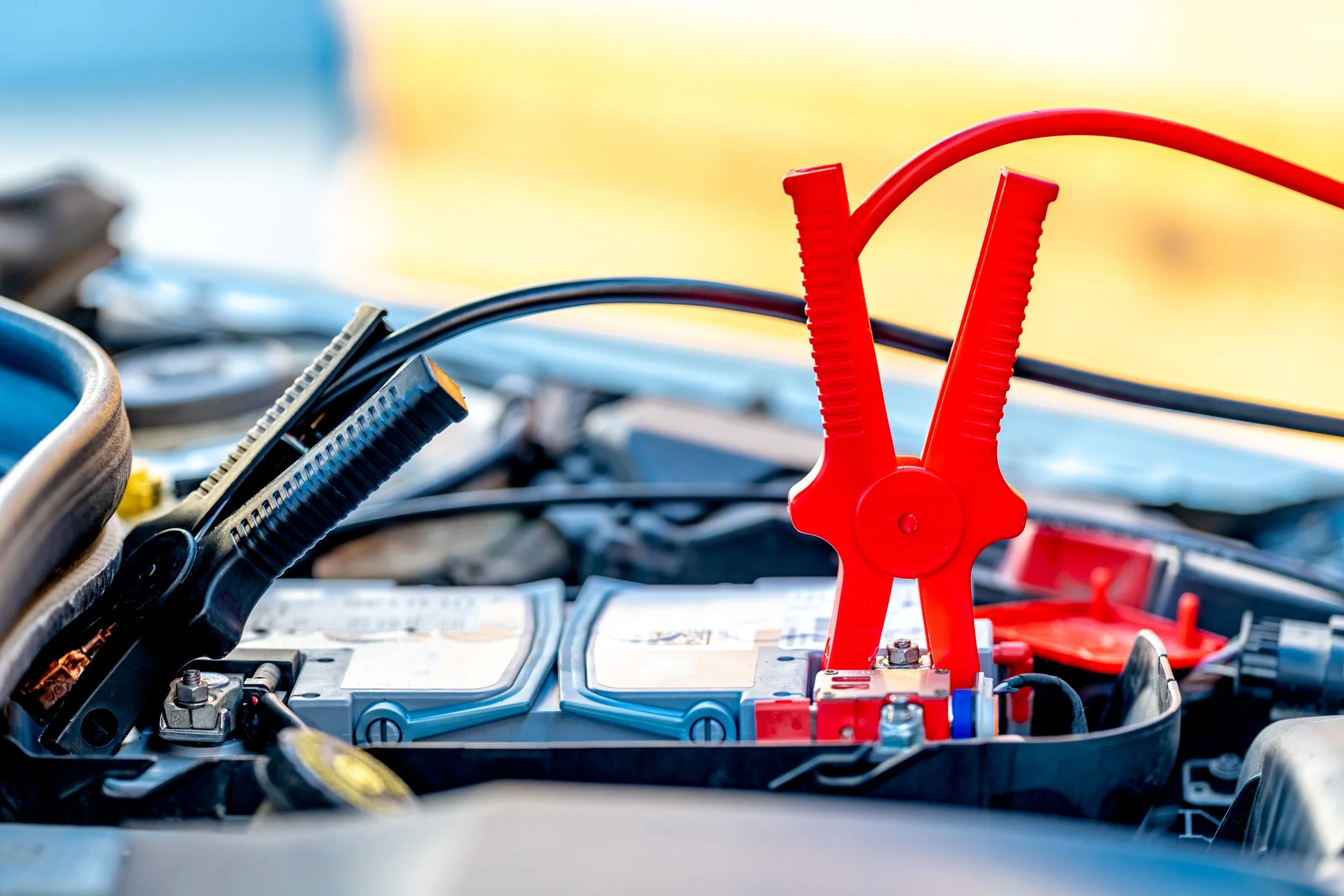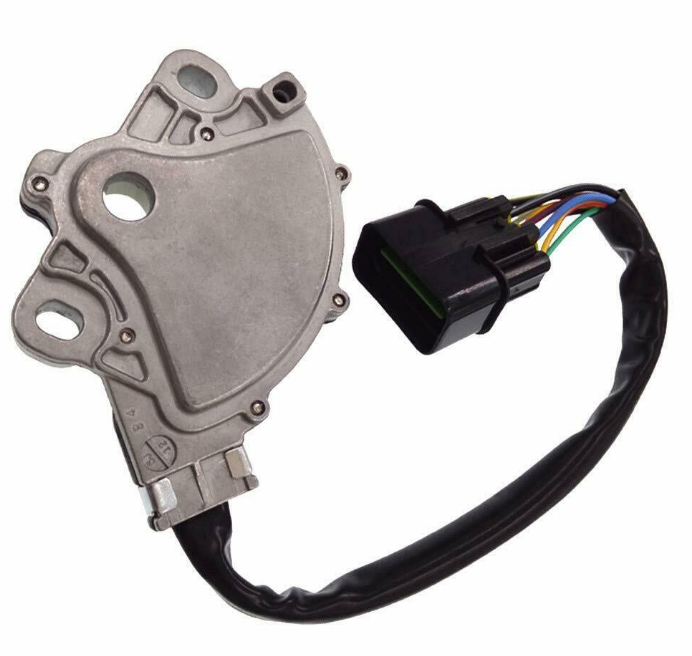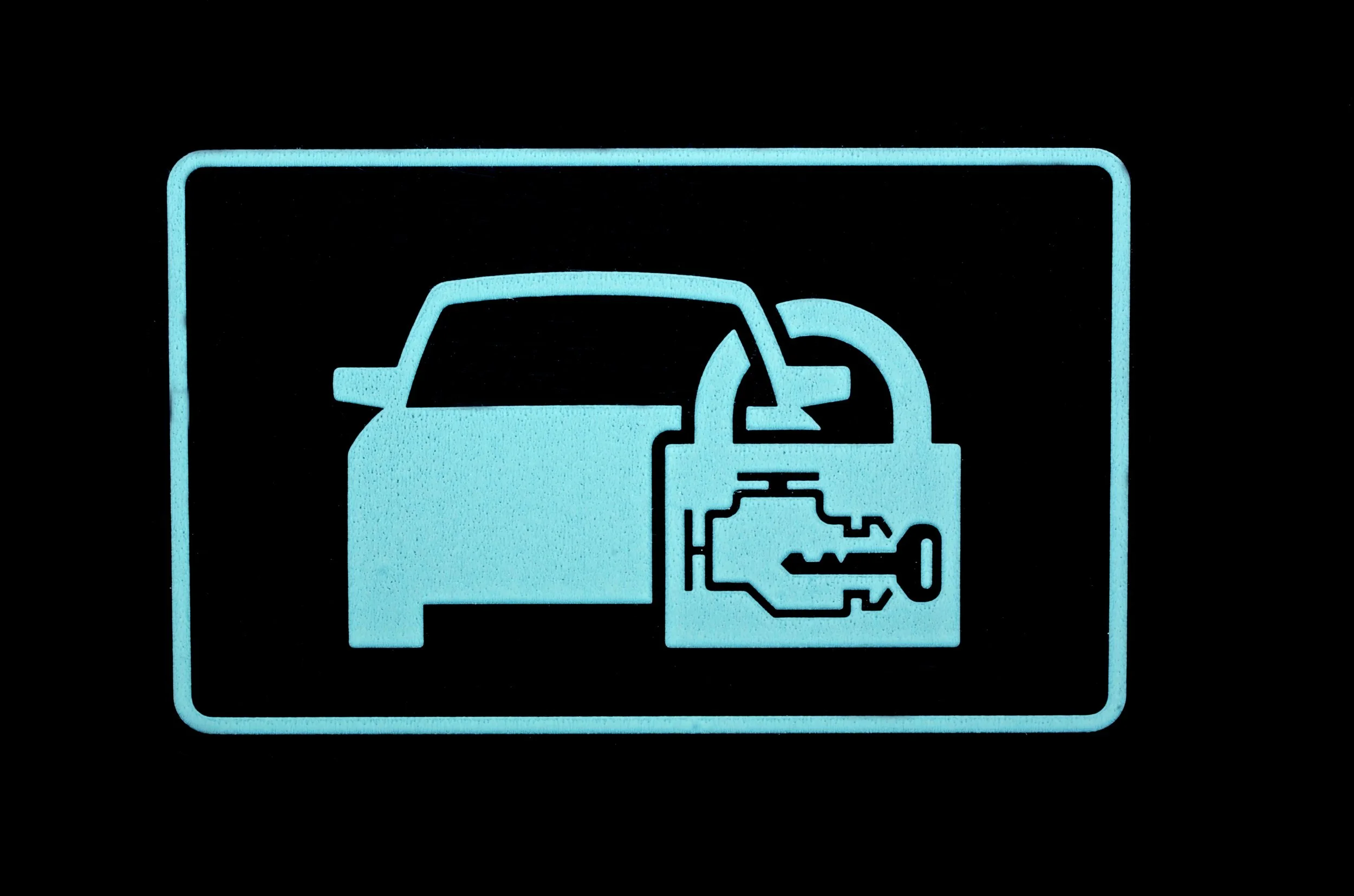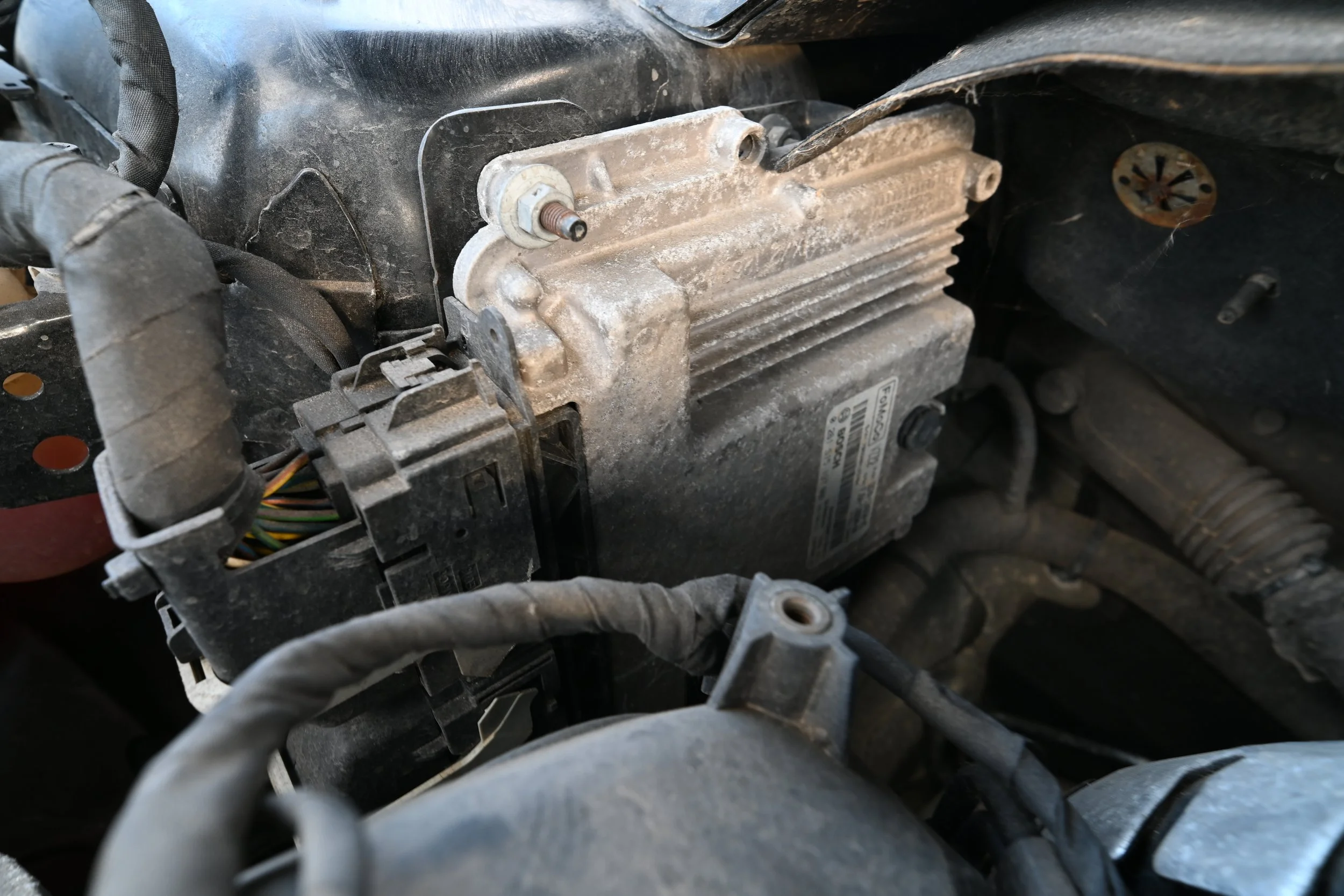NO CRANK, NO START: THE MOST COMMON CAUSES
Have you ever found yourself in a situation where you attempt to start your car but nothing happens? You won’t hear the cranking noise the starter makes when rotating the engine. This is known as a no-crank no no-start condition. In this article, we’ll explore the most common causes of this issue to help you identify what’s wrong with your vehicle.
CAUSES
Battery
The first and most common cause is the battery. If your battery has insufficient charge or is completely drained, it won't have enough power for the starter to turn the engine over. A good way to tell if the battery is causing a no-start condition is when hearing multiple clicks and seeing the cluster lights flicker or dim when attempting to turn on the car. You can try jump-starting your vehicle and see if it will help temporarily. Also, make sure to check for corrosion on the battery connectors, as corrosion will prevent the flow of electricity.
RELAYS & FUSES
The second possible cause is relays and fuses. If any fuses related to the starting system are blown, it may prevent the car from starting. Also, a faulty or corroded starter relay can prevent the power supply to the starter motor. If you have another relay in your car that's similar to the starter relay, you can try swapping them. If the starting issue gets resolved after the swap, then you've found the problem.
Neutral safety switch
The third possible cause is a faulty neutral safety switch. Automatic transmissions have a neutral safety switch that prevents the engine from starting when the transmission is not in "Park" or "Neutral." When attempting to start the car, if you see the dashboard lights and radio turn on, but don’t hear a crank, then it could be the neutral safety switch. In some situations, you’ll be able to start your car in the neutral position. If you have a manual transmission, you’ll have a clutch safety switch instead.
ignition switch
Let’s move on to the next possible cause, the ignition switch. The ignition switch is responsible for transferring electrical current to the starter motor. If it malfunctions, it can prevent the necessary signal from reaching the starter motor, leading to a situation where the engine fails to crank.
starter
The fifth component that may cause a no crank no start is a faulty starter. The starter motor is responsible for initiating the engine's rotation, allowing the car to start. It can fail due to an internal electrical issue, such as worn brushes or a faulty starter solenoid.
antitheft system
The next potential cause for a no-crank no-start is a malfunctioning antitheft system. One common feature is an immobilizer system that requires a specific electronic code from the key or key fob to start the engine. If there's a problem with the immobilizer system, it won't recognize the correct code and won't allow the engine to start. If you see the anti-theft light on while turning the key, this could be why you get a no crank no start.
wiring issues/loose connections
The sixth potential cause is wiring issues or loose connections. Electrical wiring problems, such as damaged/corroded wires or loose connections, can disrupt the flow of electricity and prevent the engine from cranking. For example, your battery terminals, and starter terminals, or maybe even a ground wire.
seized engine
The next symptom is a seized engine. If the engine locks up due to internal damage, it can prevent the starter motor from turning the engine over. In this case, attempting to start the engine will result in a no-crank condition.
computer issues
The last potential cause is computer system issues. Even though this is not as common, it’s still something to consider. If any of the computers like the ECM or BCM are malfunctioning in your vehicle, they can either send out wrong information or lose communication completely, leaving you with a no-crank, no-start.
Check out my YouTube video!
Disclaimer: Some links in this article may be affiliate links.










